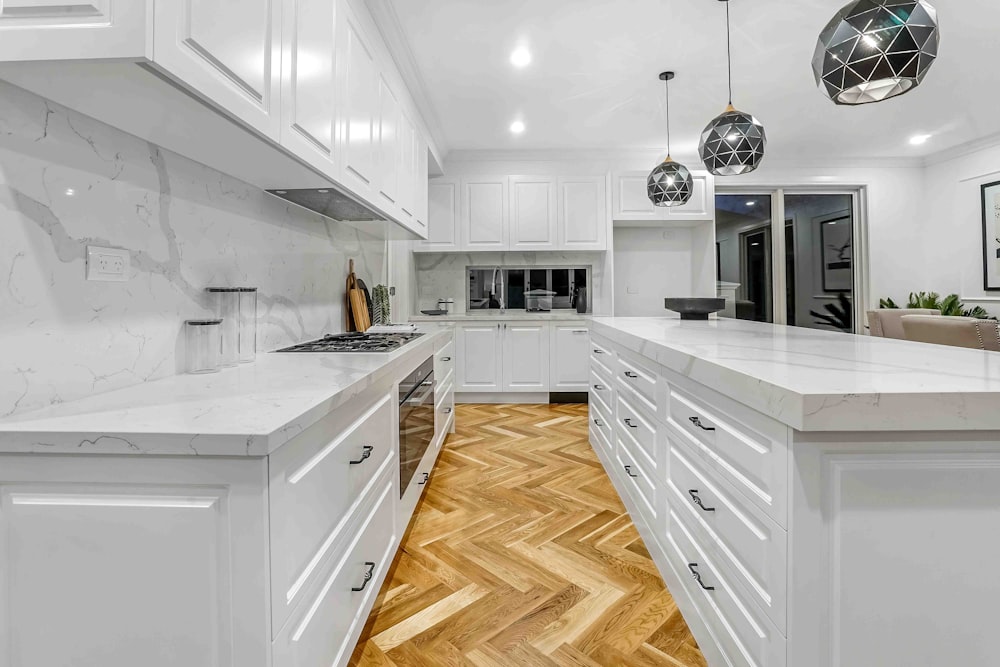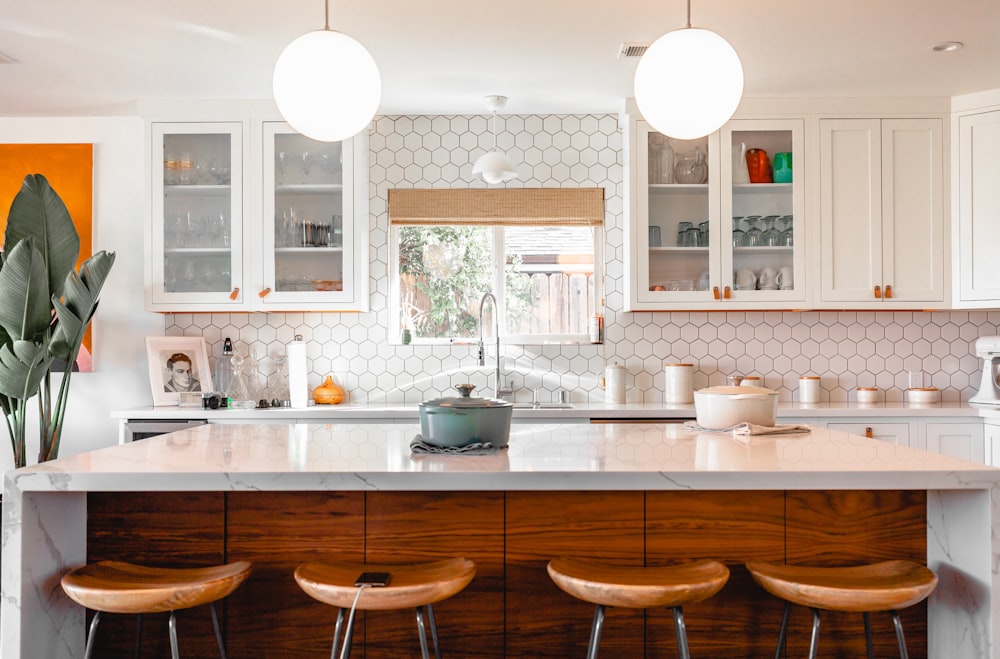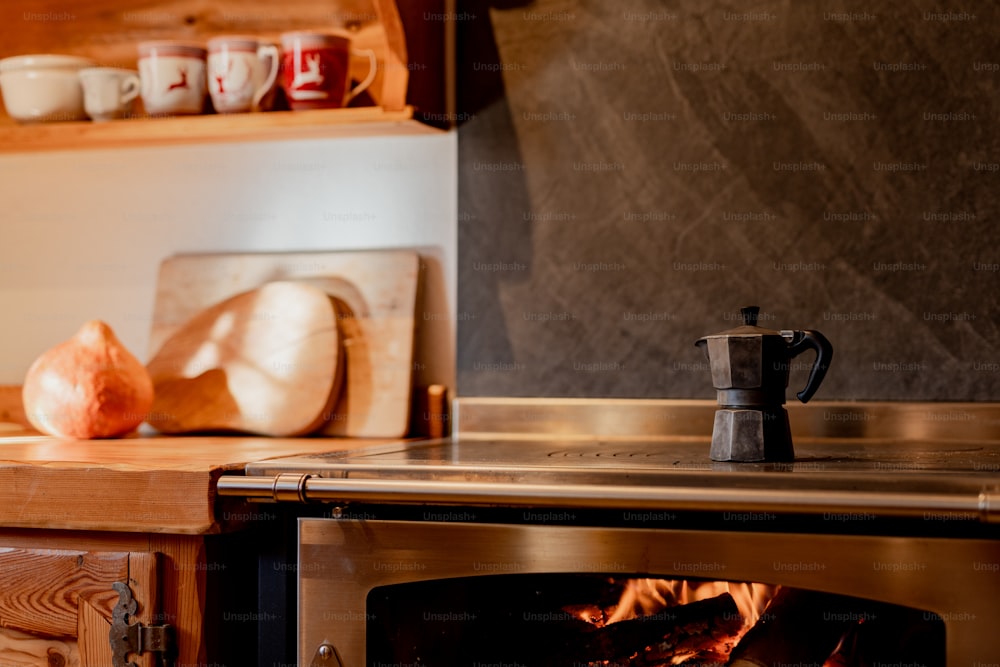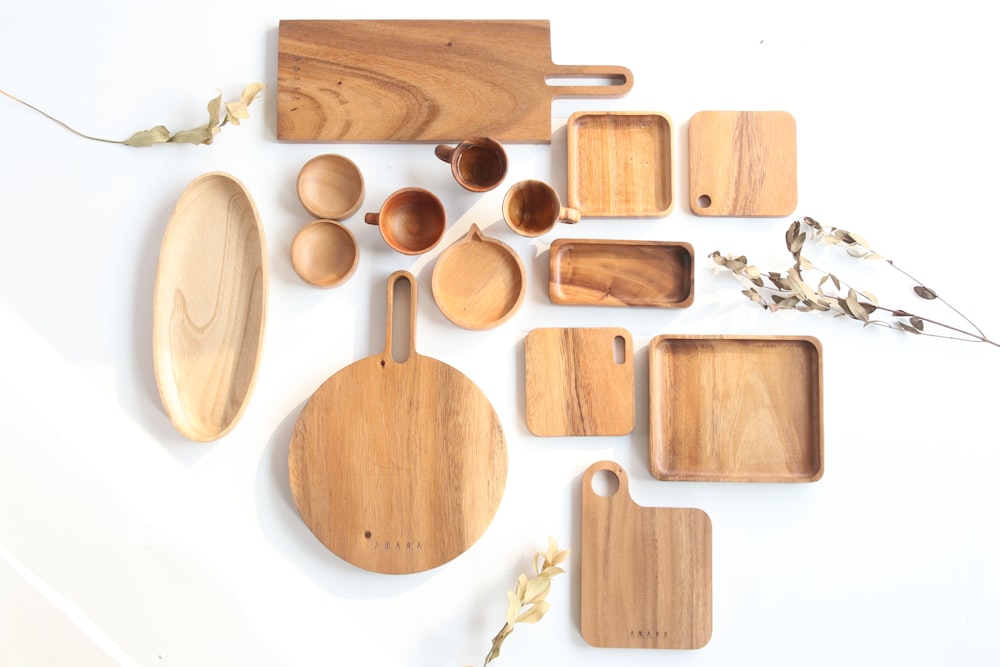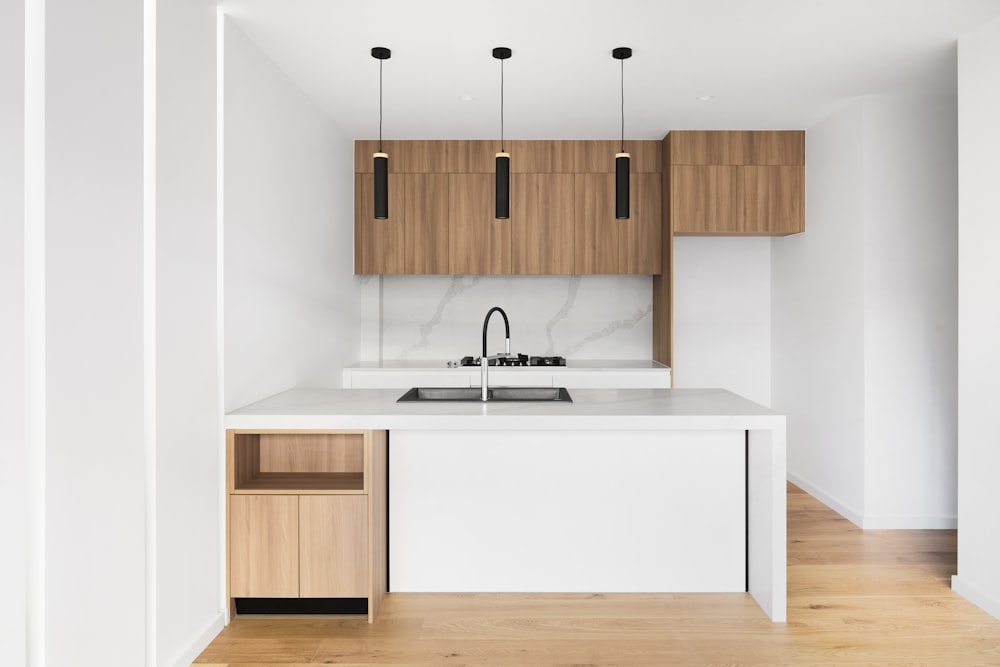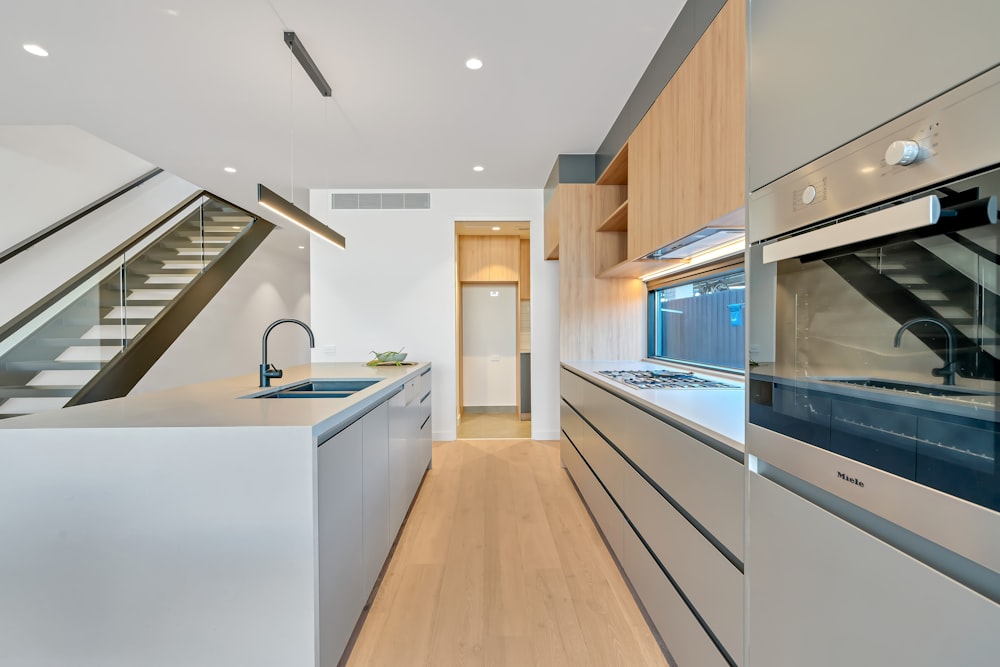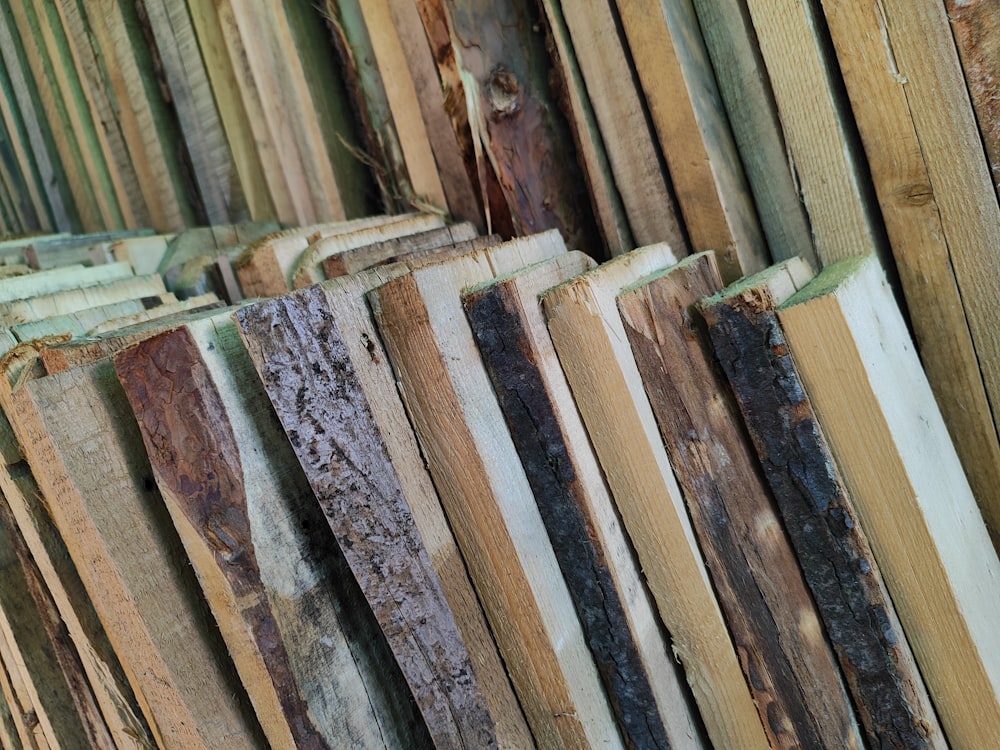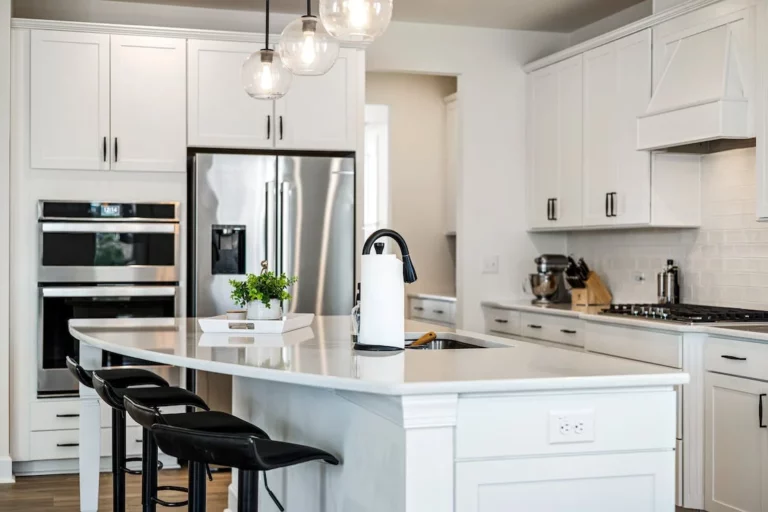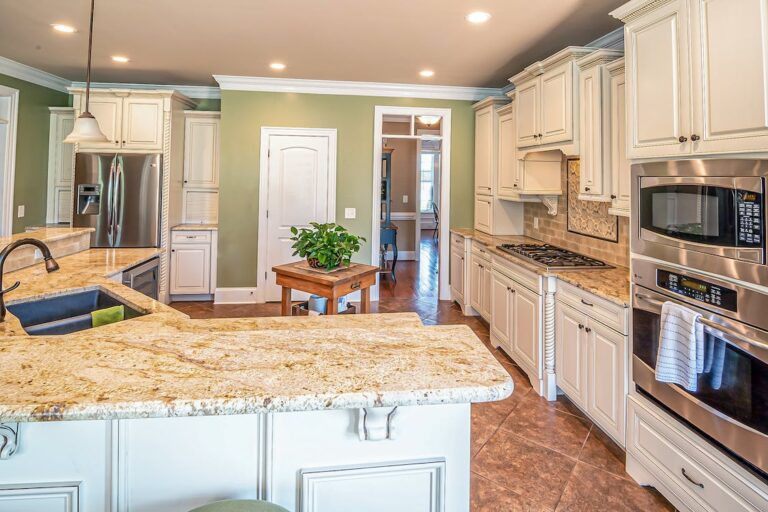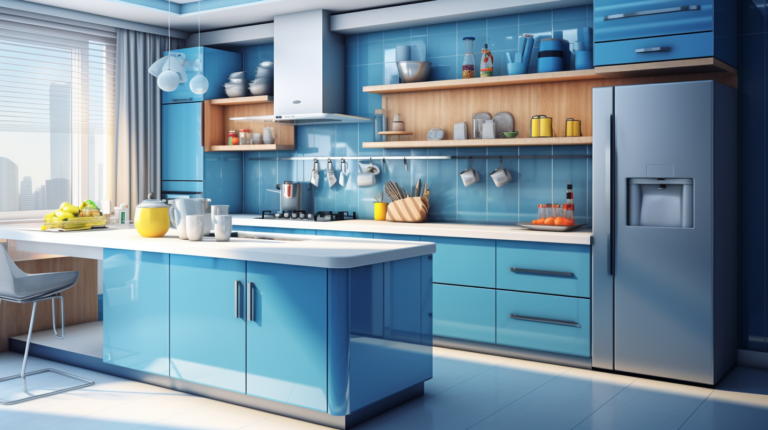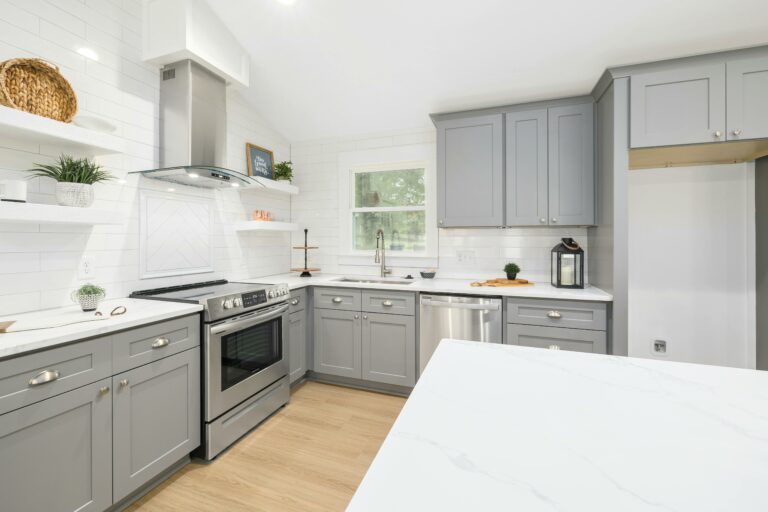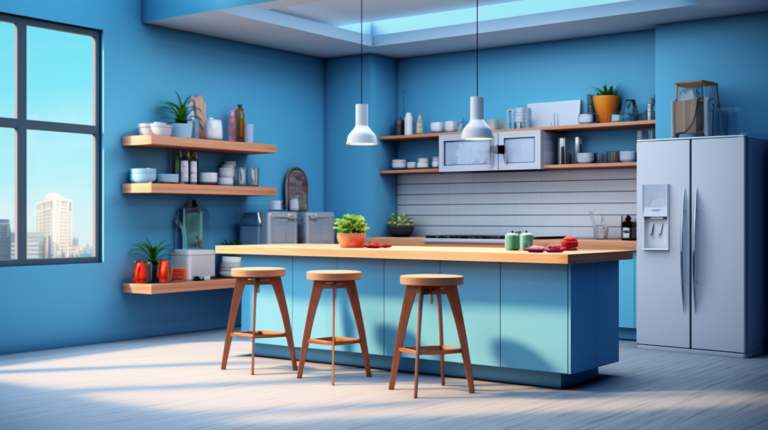The Beauty of Natural Materials : Incorporating Wood into Your Kitchen Design in 2024
Welcome to the world of kitchen design where beauty meets functionality! If you’re thinking of renovating your kitchen or simply looking to add a touch of warmth and elegance to your space, incorporating wood into your design can be a game-changer. Wood has always been a popular choice for kitchen elements, allowing homeowners to create a cozy and inviting atmosphere.
Table of Contents
- 1 Incorporating Wood into Your Kitchen Design
- 2 The Aesthetics of Wood in Kitchen Design
- 3 Functional Benefits of Wood in Kitchen Design
- 4 Incorporating Wood in Different Kitchen Elements
- 5 The Environmental Benefit of Using Wood in Kitchen Design
- 6 Tips on Caring for Your Wooden Kitchen Elements
- 7 Considerations Before Incorporating Wood into Kitchen Design
- 8 Conclusion
- 9 Frequently Asked Questions
Incorporating Wood into Your Kitchen Design
In this article, we’ll delve into the beauty and functionality of incorporating wood into your kitchen design, explore the different ways you can incorporate wood into various elements of your kitchen, and discuss the environmental benefits of using this natural material. We’ll also provide tips on how to care for your wooden kitchen elements to ensure they retain their charm and durability for years to come.
So, if you’ve been considering bringing the rustic charm of wood into your kitchen, keep reading! We’ll guide you through everything you need to know to make informed choices and transform your kitchen into a space that reflects your personal style and love for natural materials. Let’s dive into the details and discover the wonders of wood in kitchen design.
The Aesthetics of Wood in Kitchen Design
When it comes to designing your dream kitchen, one material that can truly enhance the visual appeal is wood. Incorporating wood into your kitchen design can bring warmth, beauty, and a touch of nature to the heart of your home. Wood has a timeless and elegant appeal that can elevate the aesthetics of any kitchen.
The Unique Beauty of Wood
One of the most captivating aspects of wood is its unique and natural beauty. Each piece of wood has its own distinct grain pattern, texture, and color variations, making it a truly one-of-a-kind material. Whether you prefer a sleek and modern kitchen or a cozy rustic farmhouse style, wood can be customized to fit any design aesthetic. Its natural warmth creates a welcoming atmosphere that is hard to replicate with other materials.
Types of Wood Used in Kitchen Design
There are a variety of wood species that are commonly used in kitchen design. Each type of wood has its own characteristics and benefits. Some popular choices include:
- Oak: Known for its durability and timeless appeal, oak is a popular choice for kitchen cabinets and countertops. It comes in various colors, from light to dark shades, and its pronounced grain pattern adds depth and texture to the design.
- Maple: With its smooth and consistent grain pattern, maple is often chosen for a more contemporary look. It has a light color that can be easily stained to match any kitchen style.
- Cherry: Cherry wood features a rich and luxurious look with its reddish-brown hue. It tends to darken over time, adding character and depth to the kitchen design.
- Walnut: Walnut is prized for its natural beauty and rich chocolate tones. It has a luxurious feel and is often used for custom-made furniture and accents in the kitchen.
Color and Texture Variations
One of the great advantages of using wood in kitchen design is the wide range of color and texture variations available. Whether you prefer a light and airy kitchen or a dark and dramatic one, there is a wood species that can perfectly match your vision. From light blonde tones to deep mahogany hues, wood can bring depth, warmth, and character to any kitchen space.
In addition to its natural color variations, wood also offers a variety of texture options. You can choose between smooth, glossy finishes or opt for a more rustic and distressed look. Adding texture to your kitchen design can create visual interest and make the space feel more inviting.
Incorporating wood into your kitchen design brings a unique beauty and warmth that other materials simply cannot replicate. Whether you choose oak, maple, cherry, walnut, or any other type of wood, its natural variations and timeless appeal can transform your kitchen into a true masterpiece. So why not bring the beauty of nature indoors and create a stunning kitchen that you’ll love for years to come?
Functional Benefits of Wood in Kitchen Design
When it comes to designing your dream kitchen, functionality is just as important as aesthetics. That’s where wood comes in. Incorporating wood into your kitchen design not only adds a touch of natural beauty but also brings along several functional benefits. Let’s explore some of the key advantages of using wood in your kitchen:
Durability and Longevity
Wood is a highly durable material that can withstand the wear and tear of daily kitchen activities. Unlike other materials that may chip or crack over time, wood is known for its strength and ability to maintain its integrity. It is capable of withstanding heavy use and can last for many years with proper care. This means your wooden kitchen elements, such as cabinets and countertops, will not only look great but also stand the test of time.
Ease of Maintenance
One of the greatest advantages of wood in kitchen design is its ease of maintenance. Unlike materials that require special cleaners or frequent maintenance, wood is relatively low-maintenance. It can be easily cleaned with mild soap and water, making it a practical choice for busy kitchens. Additionally, minor scratches or imperfections can often be repaired using simple techniques, such as sanding and refinishing, ensuring your wooden elements always look their best.
Versatility of Wood
Wood offers a wide range of design options and can be adapted to suit various kitchen styles. Whether your kitchen has a modern, rustic, or traditional design, there is a wood type and finish to match your vision. From light-colored woods like pine and birch to darker options like cherry and walnut, you can choose the perfect wood species that complements your overall kitchen design. Wood can also be stained or painted to achieve the desired color and finish, providing endless possibilities for customization.
So why should you consider incorporating wood into your kitchen design? Wood not only enhances the aesthetics of your kitchen but also brings functional benefits like durability, easy maintenance, and versatility. Whether you opt for wooden cabinets, countertops, or kitchen accessories, this natural material is sure to add warmth and charm to your kitchen space. So go ahead, embrace the beauty and functionality of wood in your kitchen design!
Incorporating Wood in Different Kitchen Elements
When it comes to kitchen design, wood is a versatile and timeless material that can add warmth, character, and charm to any space. Whether you’re going for a rustic farmhouse look or a sleek modern aesthetic, incorporating wood into various elements of your kitchen can transform the space and create a harmonious atmosphere. Here are some ideas on how you can incorporate wood into different kitchen elements:
Wooden Kitchen Cabinets
Wooden cabinets are a classic choice for any kitchen design. They provide a natural and organic feel that can instantly elevate the look of the space. Here are some ideas for incorporating wooden cabinets into your kitchen:
- Full Wooden Cabinets: Opt for floor-to-ceiling wooden cabinets to create a cohesive and elegant look. Choose from different wood types like oak, cherry, or maple, depending on your desired style.
- Wood Accents: If you’re not ready to commit to fully wooden cabinets, consider adding wood accents to your existing cabinets. This can be done with wooden panels, trim, or even wooden cabinet handles or knobs.
Wooden Countertops and Islands
Wooden countertops and islands can be a stunning focal point in your kitchen. They provide a warm and inviting surface for food preparation and dining. Here are some ideas for incorporating wooden countertops and islands into your kitchen:
- Butcher Block Countertops: Butcher block countertops are made from strips of wood that are glued together. They are durable, easy to maintain, and provide a beautiful, natural look. They work well in both traditional and modern kitchen designs.
- Wooden Kitchen Islands: A wooden kitchen island can create a central gathering point for your family and friends. Opt for a large butcher block island or a combination of wood and other materials to add visual interest.
Kitchen Accessories in Wood
In addition to cabinets and countertops, there are many ways to incorporate wood into your kitchen through accessories and small details. Here are some ideas:
- Wooden Shelves: Replace standard metal or glass shelves with wooden ones to add warmth and character. Wooden shelves are not only functional but also provide an opportunity to showcase your favorite kitchen items or add decorative elements.
- Wooden Cutting Boards: Use wooden cutting boards as both functional tools and decorative accents in your kitchen. They add a touch of natural beauty to your countertop and can be easily incorporated into any kitchen design.
- Wooden Utensils and Serving Ware: Consider using wooden utensils, bowls, and serving ware to bring a natural and earthy vibe to your kitchen. They can be displayed on open shelves or hung on a wall for easy access and visual appeal.
By incorporating wood into different elements of your kitchen, you can create a warm, inviting, and visually appealing space. Whether you choose to go big with wooden cabinets and countertops or add smaller accents and accessories, the beauty of natural materials will always enhance the overall design.
Also Read: Step-by-Step Guide to Planning a Kitchen Renovation in 2024
The Environmental Benefit of Using Wood in Kitchen Design
When it comes to incorporating natural materials into kitchen design, wood is a popular choice. Not only does wood add a warm and inviting touch to the space, but it also brings with it numerous environmental benefits. In today’s world, where sustainability is a growing concern, using wood in your kitchen design can be a conscious and responsible choice.
Sustainable Material Choices
One of the primary environmental benefits of using wood in kitchen design is the fact that it is a sustainable material. Unlike synthetic materials that require significant amounts of energy to produce, wood is a renewable resource that can be replenished through responsible forestry practices. By choosing wood for your kitchen cabinets, countertops, or flooring, you are supporting the use of materials that have a lower carbon footprint.
Wood Recycling and Reuse
Another significant environmental benefit of wood in kitchen design is its potential for recycling and reuse. When properly cared for, wood can last for many years. However, if you decide to renovate or upgrade your kitchen in the future, the wood elements can be repurposed or recycled instead of ending up in a landfill. This reduces waste and contributes to a more sustainable approach to design.
In addition, reclaimed wood is gaining popularity in kitchen design. Reclaimed wood is salvaged from old buildings, barns, and other structures, giving it a unique character and history. Choosing reclaimed wood for your kitchen not only adds a touch of rustic charm but also helps reduce demand for new wood, thereby conserving natural resources.
“Using wood in your kitchen design not only adds beauty and warmth to the space but also benefits the environment through its sustainability and potential for recycling and reuse.”
Incorporating wood into your kitchen design can be a rewarding experience both aesthetically and environmentally. By choosing sustainable materials and considering the recycling and reuse potential of wood, you can create a kitchen that is not only visually stunning but also eco-friendly.
But before you jump into integrating wood into your kitchen design, there are a few considerations to keep in mind. In the next section, we will explore some tips and considerations to help you make the most of wood in your kitchen while keeping in mind factors such as type selection, balancing wood with other materials, and budget considerations. So, let’s dive in and discover how to make wood a centerpiece in your kitchen design choices.
Tips on Caring for Your Wooden Kitchen Elements
Once you have incorporated wood into your kitchen design, it’s important to take proper care of it to ensure its longevity and maintain its beautiful appearance. Here are some helpful tips on caring for your wooden kitchen elements:
Cleaning and Maintenance Tips
Keeping your wooden kitchen elements clean and well-maintained is essential. Here are some tips to help you in this regard:
- Regular dusting: Dust your wooden surfaces regularly using a soft, microfiber cloth to prevent the buildup of dirt and debris.
- Avoid harsh chemicals: Use mild, non-abrasive cleaning solutions specifically designed for wood surfaces. Avoid using harsh chemicals or abrasive cleaners, as they can damage the wood finish.
- Wipe up spills promptly: Accidental spills can happen in the kitchen. Make sure to promptly clean up any spills on your wooden surfaces to prevent stains or damage to the wood.
- Protect from excessive moisture: Wood is vulnerable to moisture damage. Therefore, it’s important to wipe off any excess moisture from your wooden kitchen elements, especially near sinks or water sources.
- Use cutting boards and trivets: To protect your wooden countertops and surfaces from scratches and heat damage, always use cutting boards for food preparation and trivets or hot pads for hot cookware.
Refinishing and Repair
Over time, your wooden kitchen elements may develop minor scratches or wear. Here are some tips for refinishing and repairing your wood surfaces:
- Sanding and resealing: If your wooden surfaces have scratches or worn areas, you can consider sanding and resealing them. This process involves sanding down the damaged area, applying a wood stain if desired, and then resealing the surface with a protective finish.
- Repairing minor damage: For minor scratches or dents, you can use wood touch-up markers or fillers to repair the damaged area. Follow the manufacturer’s instructions for best results.
- Seek professional help for major repairs: If your wooden kitchen elements have major damage or require extensive repair, it’s best to seek professional help from a wood restoration specialist or carpenter.
Protecting Your Wooden Surfaces
Taking preventive measures to protect your wooden surfaces can help prolong their lifespan. Here are some ways to protect your wooden kitchen elements:
- Use protective pads and mats: Place protective pads or mats under items that may scratch or damage the wood, such as small appliances or decorative objects.
- Avoid direct sunlight: Prolonged exposure to direct sunlight can cause fading and discoloration of your wooden surfaces. Consider using curtains or blinds to protect your wood from harsh sunlight.
- Maintain consistent humidity levels: Extreme changes in humidity can cause wood to expand or contract, leading to damage. Use a humidifier or dehumidifier, if necessary, to maintain consistent humidity levels in your kitchen.
By following these tips and incorporating them into your regular cleaning and maintenance routine, you can ensure that your wooden kitchen elements stay beautiful and functional for years to come.
Considerations Before Incorporating Wood into Kitchen Design
Before diving into incorporating wood into your kitchen design, there are a few important considerations to keep in mind. While wood can add warmth and beauty to your kitchen, it’s essential to make informed decisions to ensure a successful and long-lasting design. Here are some key factors to consider:
Selecting the Right Type of Wood
Choosing the right type of wood for your kitchen design is crucial. Different types of wood have varying characteristics, such as hardness, grain pattern, and color. Consider the following factors when selecting wood for your kitchen:
- Durability: Opt for hardwoods like oak, maple, or cherry, which are known for their strength and resistance to wear and tear.
- Grain Pattern: Decide if you prefer a straight grain or more distinctive patterns like cathedral or tiger grain. The grain pattern can greatly impact the overall aesthetics of your kitchen.
- Color: Each wood species has its own natural color variation. From light, blonde tones to deep, rich browns, choose a wood color that complements your overall kitchen design.
Balancing Wood with other Materials
While incorporating wood into your kitchen design can bring warmth and natural beauty, it’s essential to strike a balance with other materials to create a harmonious space. Consider the following tips:
- Contrasting Finishes: Pair wood with materials like stainless steel, glass, or stone to create a visually appealing contrast. For example, you can have wooden cabinets with sleek metallic handles or a wooden countertop with a stainless steel sink.
- Mixing Textures: Explore combining different textures to add depth and interest to your kitchen design. Pair smooth wood surfaces with textured tiles or rough stone finishes for a unique and dynamic look.
- Color Palette: Coordinate the colors of your wood elements with the rest of your kitchen. Consider the existing or planned color scheme and choose wood tones that complement the overall palette.
Budget Considerations
Budget is an important consideration in any kitchen design project. Wood can range in price depending on the type of wood selected and the quality of craftsmanship. Here are some budget considerations when incorporating wood into your kitchen:
- Material Costs: Different wood species vary in cost, with some being more expensive than others. Consider your budget when selecting the wood type, as it can have a significant impact on the overall project cost.
- Cabinet Construction: Quality cabinets can have a higher price tag due to factors like solid wood construction, custom designs, and intricate detailing. Determine if you’re willing to invest in premium cabinetry or if a more budget-friendly option will suffice.
- Maintenance Costs: Keep in mind the long-term costs associated with maintaining wooden elements in your kitchen. While wood is durable, it can require regular maintenance, such as refinishing or sealing, which may incur additional expenses.
By considering these factors before incorporating wood into your kitchen design, you’ll be able to make informed decisions that align with your style preferences, budget, and functional needs. Remember, striking a balance between aesthetics, functionality, and budget is key to creating a beautiful and functional kitchen space that stands the test of time.
Also Read: Maximizing Storage Space in Your Kitchen: Ideas with Clever Design Ideas
Conclusion
Incorporating wood into your kitchen design can bring warmth, beauty, and functionality to your space. From wooden cabinets and countertops to kitchen accessories, wood adds a natural touch that enhances the overall aesthetic of your kitchen.
But it’s not just about looks. Wood is also a durable and long-lasting material that can withstand the demands of a busy kitchen. It is easy to maintain and can be versatile in its design possibilities.
In addition to its aesthetic and functional benefits, using wood in your kitchen design is also an environmentally-friendly choice. By selecting sustainable materials and practicing wood recycling and reuse, you can contribute to a greener and more sustainable future.
When incorporating wood into your kitchen, it’s important to consider factors such as the right type of wood, balancing it with other materials, and budget considerations. Taking the time to research and plan can help you achieve the perfect balance of wood and other elements in your kitchen design.
Lastly, caring for your wooden kitchen elements is essential to maintain their beauty and longevity. By following cleaning and maintenance tips, refinishing and repairing when necessary, and protecting your wooden surfaces from moisture and heat, you can ensure that your wood stays in great condition for years to come.
At Arkitecture Today, we believe that incorporating natural materials like wood into your kitchen design can elevate the beauty and functionality of your space. Visit our website for more daily inspiration and ideas to transform your home.
For more information and inspiration on minimalist designs for your kitchen, read how to How to Incorporate Minimalist Design in Every Room of Your Home in 2023.
Frequently Asked Questions
- Why should I incorporate wood into my kitchen design?Incorporating wood into your kitchen design adds warmth, character, and a natural aesthetic to your space. Wood also has excellent durability and can withstand the demands of a busy kitchen.
- What are some popular ways to use wood in kitchen design?Some popular ways to use wood in kitchen design include using wooden cabinets, countertops, flooring, and accents such as wooden beams or shelving. You can also opt for a wooden kitchen island or a reclaimed wood backsplash for a unique touch.
- What are the advantages of using natural wood over other materials in the kitchen?Natural wood offers several advantages over other materials in the kitchen. It is eco-friendly, renewable, and biodegradable. Wood also has a timeless appeal, can be refinished or repaired easily, and provides a warm and inviting atmosphere.
- How do I care for and maintain wood in my kitchen?To care for and maintain wood in your kitchen, avoid excessive moisture exposure, wipe spills immediately, and use cutting boards or trivets to protect the surface. Regular dusting and occasional applications of wood polish or oil will help preserve its beauty.
- Can I incorporate wood into a modern kitchen design?Absolutely! Wood can be used in various styles of kitchen designs, including modern ones. Opt for sleek, minimalist wooden cabinets or incorporate wood through open shelving or a statement wooden countertop to achieve a modern and contemporary look.


